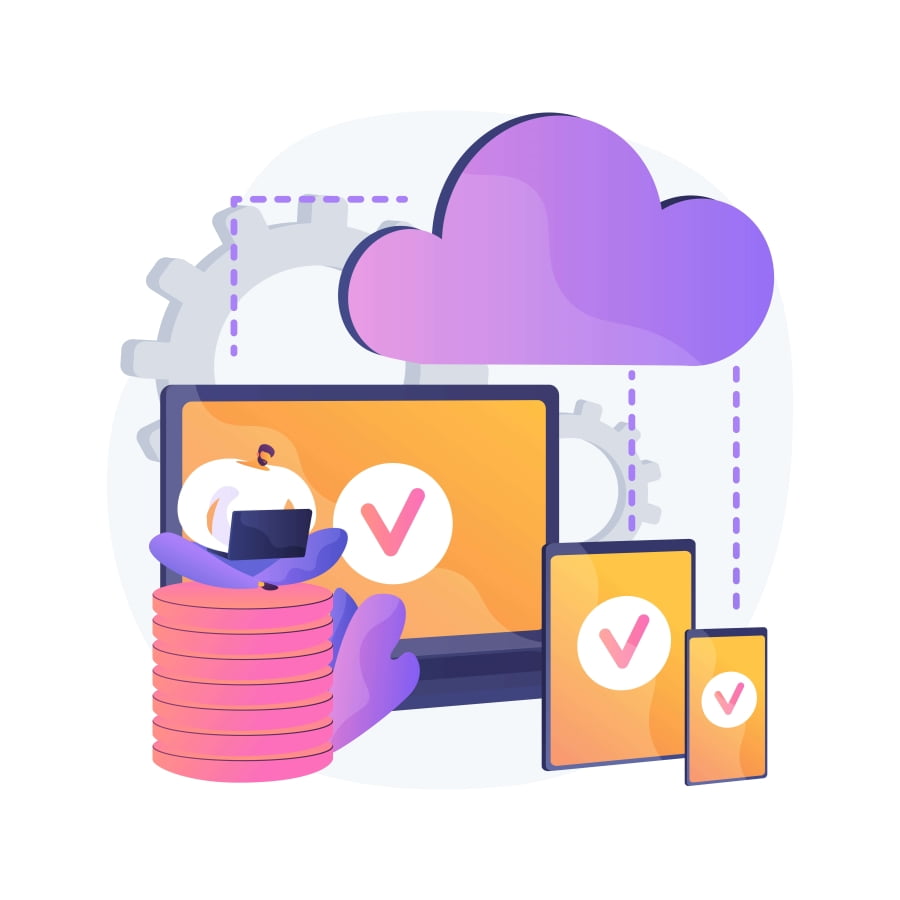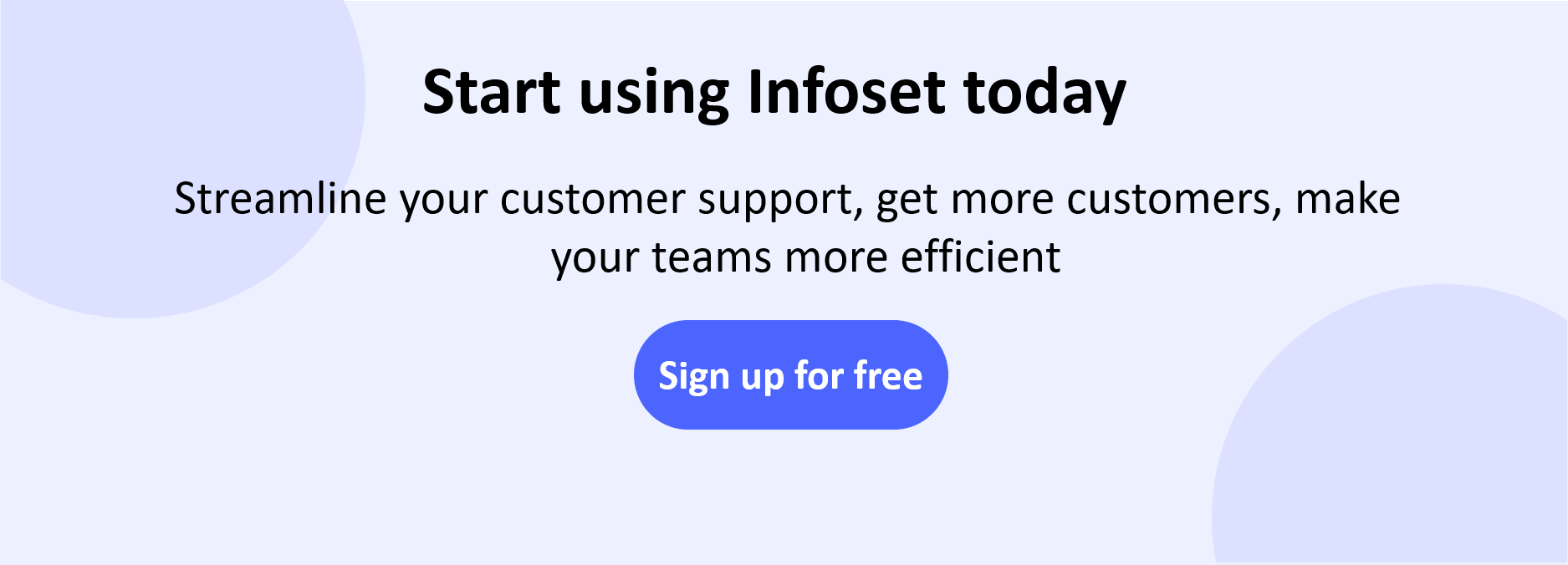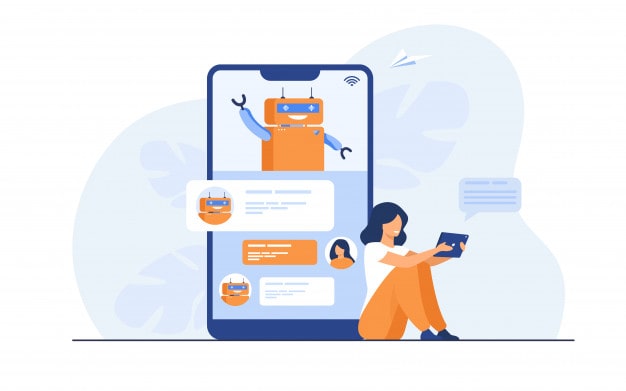Today, companies want to make their services for their customers faster and more reliable, and they are struggling intensely for this. This situation puts an unprecedented strain on IT infrastructures. As IT tries to increase the processing power and storage capabilities of their systems, companies find that it is expensive to develop and maintain a robust, scalable, and secure IT infrastructure.
Software as a Service (SaaS) is used when companies do not want to bear the cost of development, maintenance and purchase extra hardware. SaaS is a rapidly growing industry that allows companies to move beyond the in-house IT infrastructure and instead use internet-based services. Cloud-based providers often offer services such as software, storage, and processing at more affordable prices. Your company provides high visibility throughout the enterprise; with technologies like IoT, AI, chatbots and customer support, you can save money by using a cloud-based solution.
What is SaaS?
Software as a service (SaaS) is a software distribution model in which a cloud provider hosts applications and makes them available to end-users over the internet. In this model, an independent software vendor (ISV) can contract with a third-party cloud provider to host the application.
SaaS is a complete software solution that you can purchase on a pay-as-you-go basis from a cloud service provider. You rent an app for use in your organization, and your users usually connect to that app via a web browser. Basic infrastructure, hardware, software, and application data are all located in the service provider’s data center. The service provider manages the hardware and software to ensure the availability and security of your applications. SaaS enables your organization to run its applications quickly at a very low upfront cost.

How is SaaS Working Principle?
Users usually connect to rented SaaS applications via a web browser. The data center of the service provider contains all the information needed, such as basic infrastructure, middleware, application software, and application data. In this way, the requesting user provides instant access to these data.
With SaaS, the availability of the data increased, and its security maximized. Since all these operations are carried out at a low cost, SaaS is a very economical system, especially for medium and small businesses.
Advantages of using SaaS
SaaS eliminates the need for organizations to install and run applications on their computers or in their own data centers. SaaS eliminates hardware acquisition, procurement, and maintenance costs, as well as software licensing, installation, and support costs. Other benefits of the SaaS model include:
- Flexible payments. Customers take advantage of the SaaS model instead of purchasing additional hardware to install or support software. Switching costs to a recurring operating expense allows many businesses to budget better and more predictable. Users can also terminate SaaS offers at any time to stop these recurring costs. With Infoset’s annual payment plans you can benefit from additional discounts while having an exact budget.
- Scalable usage. Cloud services like SaaS offer high vertical scalability, giving customers the option to access more or fewer service features on-demand. For example to increase the number of customer representatives, all you have to do is contact us. You can increase the number of users as much as you need within seconds.
- Automatic updates. Instead of purchasing new software, you can use a SaaS provider to automatically perform updates and patches. Thus, you further reduce the burden on in-house IT staff.
- Accessibility. As SaaS vendors offer applications over the internet, users can access them from any device and location with the internet.
- Customization. SaaS applications are often customizable and can be integrated with other business applications, particularly applications from a partner software provider.
Summary
SaaS offers many advantages in the interests of both suppliers and users.
In general, purchasing a SaaS service costs less than a traditional software license for enterprise software, as no hardware installation is required. SaaS providers often use one of many subscription-based pricing models for customers. In addition, if you have purchased software running on the cloud or are a subscriber, you can easily take advantage of update costs and flexibility.
To benefit from the advantages of SaaS in customer support and sales support for your company, You can try Infoset free for 14 days. With Infoset, you can manage all your support and sales channels such as call center system, cloud switchboard, live support, chatbot, e-mail from a single platform and offer your customers an extraordinary experience.






